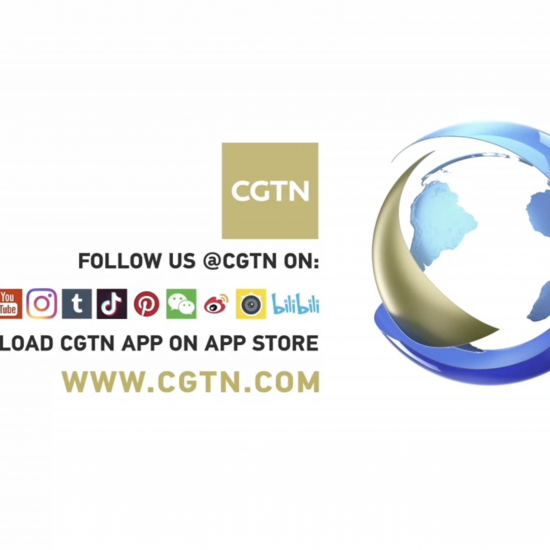
MENA region investment banking fees declined 2 per cent year‑on‑year in the first half of 2025, falling to US$773.7 million, the third‑highest H1 tally since 2000, according to London Stock Exchange Group’s Deals Intelligence data. The dip occurred amid an environment of oil‑price volatility, geopolitical fragmentation and escalating global trade tensions.
Debt capital markets underwriting emerged as the growth engine, with related fees rising 20 per cent to US$278.9 million. However, the dampened performance in equity capital markets overshadowed gains in debt. Equity underwriting fees plunged 18 per cent to US$169.9 million—a two‑year low—and advisory revenue tied to completed M&A transactions rose 52 per cent to US$191 million, the strongest first half since 2022.
Saudi Arabia accounted for the largest share of regional fees at 41 per cent, followed by the UAE and Qatar, with HSBC earning the most among banks at US$64 million, representing 8 per cent of the fee pool.
Equity issuance across MENA suffered sharply, with total equity and related issuance falling 57 per cent to US$7.6 billion in H1 2025, while IPO activity showed resilience—with 25 new listings raising US$4.5 billion, a 25 per cent increase compared to the corresponding period last year. This marks the highest number of IPOs since 2008.
Despite equity sector woes, debt markets posted record numbers: bond issuance climbed 17 per cent to US$86.8 billion, the highest first‑half total since 1980, with Saudi Arabia leading issuance at 52 per cent, followed by the UAE at 25 per cent and Qatar at 8 per cent. Islamic bond issuance reached an all‑time H1 record with US$32.2 billion raised.
M&A activity surged, with advisory fees benefiting from deal flow. The region recorded US$115.5 billion worth of M&A transactions in H1, a 149 per cent year‑on‑year rise, the highest H1 total since LSEG began tracking in 1980. Deal volumes also climbed 16 per cent. The largest transaction was Borealis AG’s US$30.85 billion acquisition of Borouge PLC in the UAE, pending completion.
Material and energy‑power sectors drove M&A values, with the former accounting for 67 per cent of total deal value, led by ADNOC‑OMV’s Borouge and Borealis merger. Financial and consumer sectors followed, together contributing over US$6 billion in deals.
Underwriting league tables reflect shifting dynamics. HSBC claimed top spot in equity capital markets with a 15 per cent share, followed by EFG Hermes at 11 per cent. In bond markets, HSBC again led, handling US$8.9 billion in proceeds. In M&A advisory, Rothschild led with US$76.1 billion worth of deals.
Analysts attribute the divergence between equity and debt performance to multiple challenges. Elevated market uncertainty, stemming from fluctuating oil prices and geopolitical tensions, depressed investor appetite for equity issuances. Corporates and governments, however, seized on favourable debt market conditions—driven by stable rates and supportive regulatory frameworks—to expand borrowing.
Regional reform agendas continued to underpin deal activity. Saudi reforms under Vision 2030 and UAE liberalisations stimulated M&A and bond issuance momentum. Meanwhile, the equity issuance recovery was manifest in public offerings like flynas’s US$1.1 billion IPO on Tadawul, the region’s largest so far this year.




